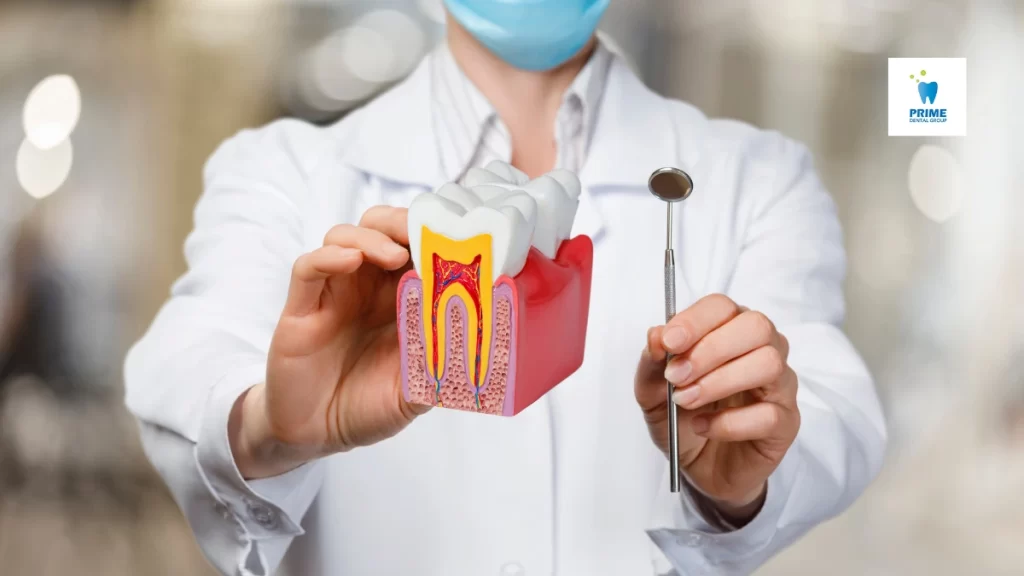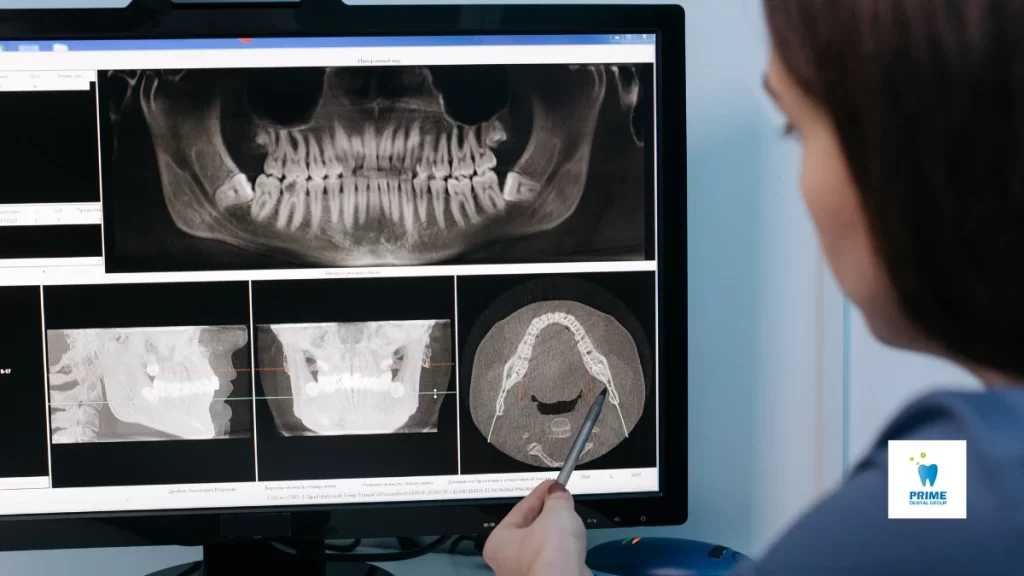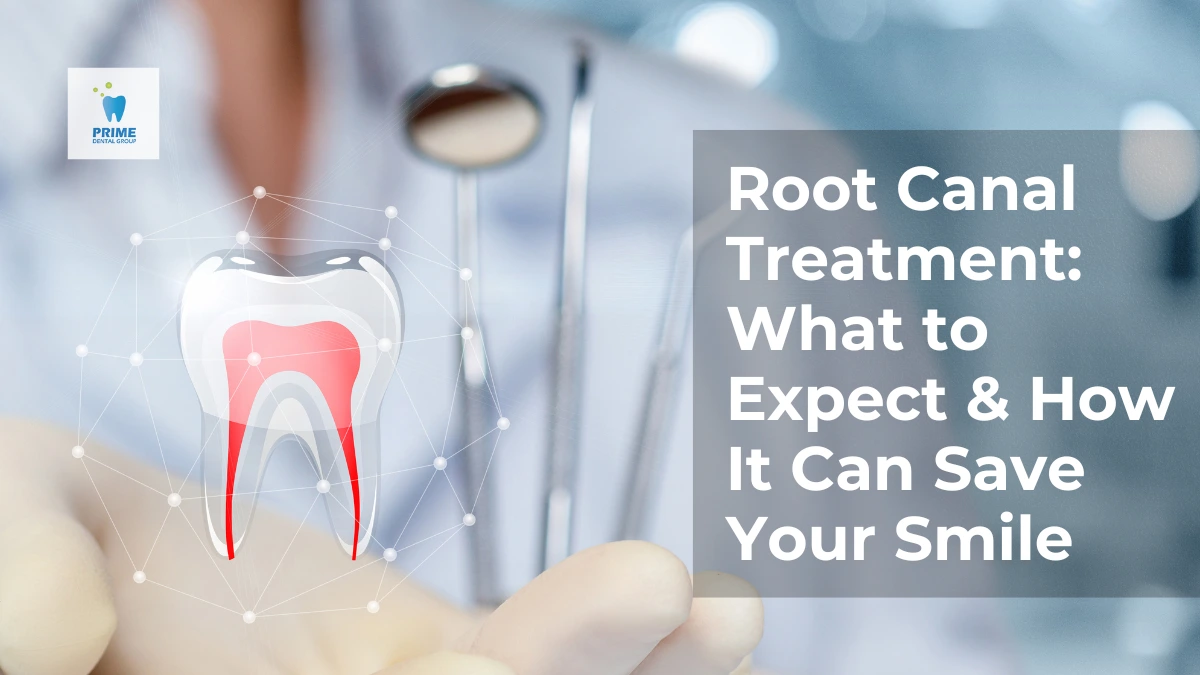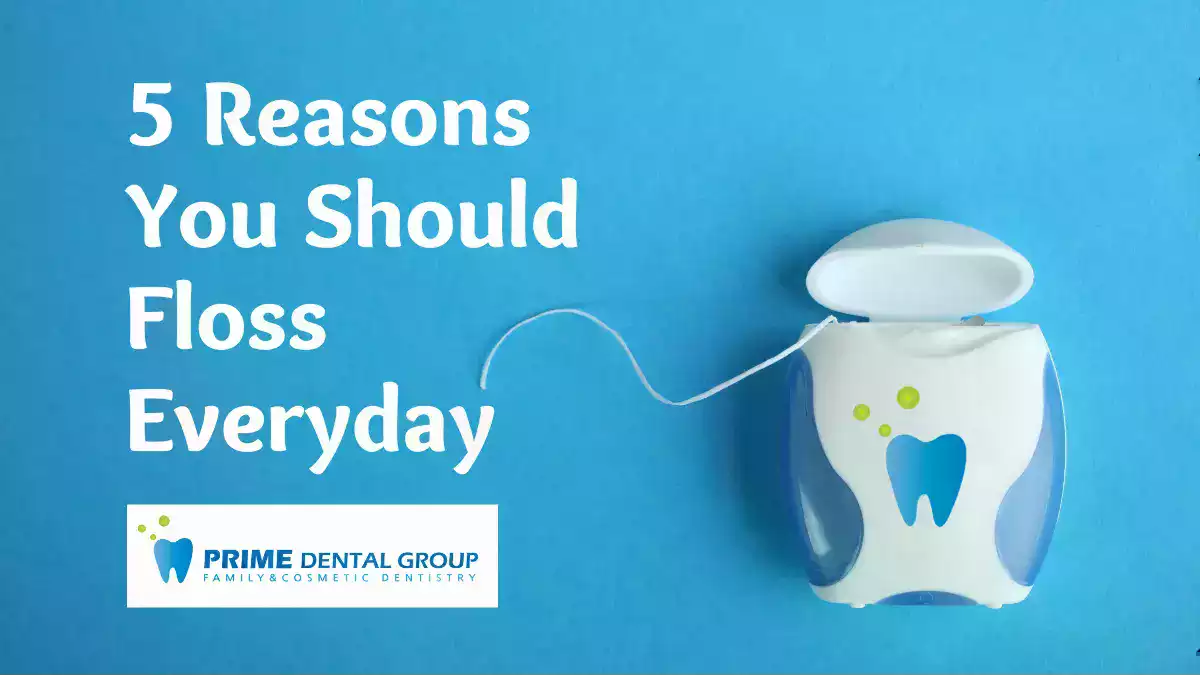Root Canal Treatment: What to Expect & How It Can Save Your Smile
Root Canal Treatment Worries? Here’s What You Need to Know
Does the phrase “root canal treatment” make you cringe? You’re not alone. Many people get nervous when they hear they need one. But here’s the truth: modern root canal treatment is no longer something to fear. In fact, it might just be the hero your tooth needs.
Every year, millions of teeth are saved with root canals. This simple, routine procedure can stop pain, clear up infections, and let you keep your natural tooth.
If you’re wondering what a root canal involves, how to prepare, and what recovery looks like, you’re in the right place. Let’s break it all down—step by step.
What Is a Root Canal Treatment and Why Would You Need One?
Think of your tooth like a tiny building: the outside walls are strong, but inside is the pulp—a soft center with nerves and blood vessels. When decay or injury reaches this inner layer, the pulp can get infected or inflamed. That’s when your dentist might suggest a root canal.

Common Reasons for Root Canal Therapy:
- Deep tooth decay
- Cracks or chips in the tooth
- Repeated dental procedures on the same tooth
- Injury that leads to pulp damage—even without visible cracks
Signs You Might Need a Root Canal Treatment:
- Tooth pain that won’t go away
- Sensitivity to hot or cold
- Swollen or tender gums
- A darkened or discolored tooth
- Bad taste or smell that lingers
If you’re dealing with any of these symptoms, don’t wait. The sooner the infection is treated, the better your chances of saving your tooth and avoiding more extensive dental work.
What Happens During a Root Canal Treatment? Step-by-Step
Knowing what to expect can help ease anxiety. Here’s how the process usually goes:
- Numbing the Area: You’ll receive local anesthesia so the area around your tooth is completely numb. Most patients report feeling no pain during the procedure.
- Protecting the Tooth: A small rubber sheet, called a dental dam, keeps the area clean and dry.
- Removing the Infection: Your dentist opens the top of the tooth to remove the infected pulp using special tools.
- Cleaning and Shaping the Canals: The canals are thoroughly cleaned, shaped, and prepared for filling.
- Applying Antibacterial Solution: This step helps eliminate any remaining bacteria and ensures the canals are fully disinfected.
- Filling the Canals: The cleaned canals are filled with a biocompatible material called gutta-percha.
- Temporary Filling or Crown: A temporary filling or crown is placed to protect the tooth until a permanent restoration can be done.
Most root canals take about 60–90 minutes. Sometimes, especially if the tooth has multiple roots or a severe infection, a second appointment may be needed.
How to Get Ready for Your Root Canal Treatment
No one loves dental procedures, but a little prep can make your visit smoother.

Before Your Appointment:
- Share your full medical history with your dentist.
- Follow any fasting or medication instructions if sedation is involved.
- Arrange for a ride home if you’re receiving sedation.
- Don’t be afraid to ask questions—your comfort matters!
Here’s a handy preparation checklist:
- ✔️ Confirm appointment time and expected duration
- ✔️ Take prescribed antibiotics (if any)
- ✔️ Bring insurance info and photo ID
- ✔️ Eat a light meal (unless fasting is required)
- ✔️ Wear comfortable clothes
What to Expect After the Procedure
Mild tenderness or soreness is normal and should fade in a few days.
Here’s how to care for your tooth after a root canal:
- Take over-the-counter pain relievers as directed.
- Avoid chewing on the treated tooth until the final crown is in place.
- Stick to soft foods for the first day or two.
- Continue brushing and flossing gently.
- Don’t skip your follow-up appointment for the permanent crown.
Commonly Reported Post-Treatment Symptoms:
- Mild swelling or tenderness
- Jaw discomfort from keeping your mouth open
- Temporary sensitivity to pressure
Watch for any unusual symptoms like severe pain, swelling, or a loose filling, and contact your dentist right away if they happen.
Why a Root Canal Treatment Is Worth It
Let’s bust a myth: root canals don’t cause pain—they relieve it. They also help you avoid more invasive treatments, like tooth extractions and implants.
Benefits of Root Canal Therapy:
- Saves your natural tooth (nothing feels as good as your own)
- Stops the pain at the source
- Prevents spread of infection to other teeth or your jaw
- Keeps your bite natural
- Cost-effective over time compared to replacing a tooth
With good care, a tooth that’s had a root canal can last just as long as your other teeth.
Technology That Makes Root Canals Easier
Modern dental tools make the process faster and more comfortable than ever before:

- 3D digital imaging to get a clear look at the root canals
- Nickel-titanium instruments for precise cleaning
- Ultrasonic tools for deep disinfection
- Painless anesthesia techniques
- Ergonomic chairs and streamlined workflows to reduce appointment time
These advances mean less chair time, more accuracy, and quicker healing for you.
Root Canal Treatment Success: What the Numbers Say
Studies show that root canal treatments are highly successful:
- 93% of treated teeth last 4–5 years
- 87% last 8–10 years
What affects the success rate?
- Severity of the original infection
- Proper placement of crown or filling
- Good oral hygiene habits
- Timely follow-up care
Pro tip: Keep up with your dental cleanings and checkups every 6 months. It’s the best way to make sure your treated tooth stays healthy for years.
Frequently Asked Questions
Is a root canal treatment painful?
With modern anesthesia, it’s usually no more uncomfortable than getting a cavity filled.
Will I need a crown afterward?
Yes, in most cases. A crown strengthens and protects your tooth.
Can I go back to work or school after the procedure?
Most patients return to normal activities the same day.
Are there alternatives to root canals?
If the tooth is too damaged, extraction may be required. But keeping your natural tooth is usually the best option.
Can children get root canals?
Yes, but for baby teeth, a procedure called a pulpotomy may be used instead.
5 Simple Tips to Keep Your Smile Healthy After a Root Canal Treatment
- Brush twice a day with a fluoride toothpaste.
- Floss gently around your crown and other teeth.
- Avoid chewing ice, pens, or hard candy.
- Wear a night guard if you grind your teeth at night.
- Schedule regular dental checkups every 6 months.
Final Thoughts: You Deserve a Pain-Free, Healthy Smile
Root canal treatment has come a long way. It’s safe, effective, and often the best way to save a tooth that’s in trouble. If you’re in Bellevue or Lynnwood and think you might need a root canal, we’re here to help.
At Prime Dental Group, our team uses the latest technology to make your experience comfortable and stress-free. We’ll walk you through every step and make sure you leave smiling.
Need help now? Contact Bellevue Prime Dental Group or Lynnwood Prime Dental Group today to schedule a consultation!






